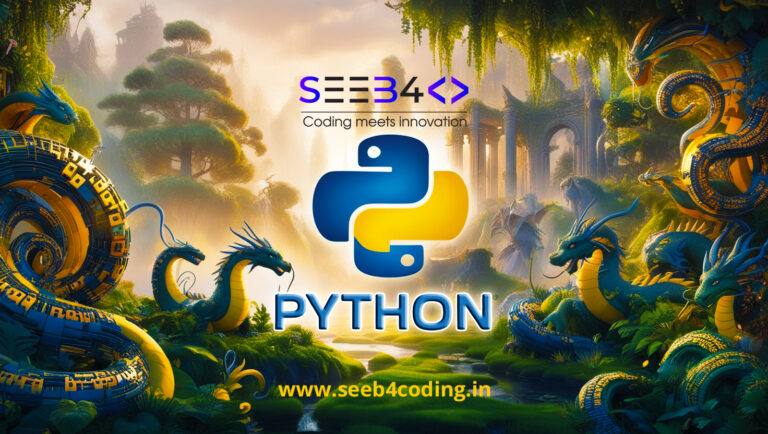Template matching is a powerful image analysis technique, often used in the realms of AI and computer vision, to locate and identify sub-images or patterns within a larger image. This process is essential when trying to detect occurrences of specific objects or shapes in an image — such as identifying individual coins in a picture. In this guide, we will walk through the basics of template matching, its underlying mechanisms, and how to implement it effectively using Python.
Scikit-image github : https://github.com/scikit-image/scikit-image
What is Template Matching?
Template matching involves searching for a smaller image, called the “template”, within a larger image. The goal is to find where the template best matches the content of the larger image. AI-based tools use this technique to identify objects, detect patterns, or even track moving items in video streams.
In the following example, we use template matching to identify a coin within a collection of coins in an image.
How Template Matching Works
The core idea behind template matching is to slide the template image across the larger image, compare them, and measure how similar they are. The function match_template performs normalized cross-correlation — an efficient method that measures the similarity between the template and different regions of the target image.
The function returns a similarity map, which shows how well the template matches the different parts of the larger image. The location of the maximum value in this map corresponds to the most likely position of the template in the larger image.
Key Considerations in Template Matching:
- Exact Match: The example below will return the best match — that is, where the template is identical to part of the larger image.
- Multiple Matches: If you’re expecting multiple occurrences of the same object, additional AI-driven methods, such as peak-finding algorithms, are needed to identify multiple matches.
Implementation Example
import numpy as np
import matplotlib.pyplot as plt
from skimage import data
from skimage.feature import match_template
# Load image and define the template (a single coin)
image = data.coins()
coin = image[170:220, 75:130]
# Apply template matching
result = match_template(image, coin)
# Find the coordinates of the best match
ij = np.unravel_index(np.argmax(result), result.shape)
x, y = ij[::-1]
# Visualize the template, original image, and match result
fig = plt.figure(figsize=(8, 3))
ax1 = plt.subplot(1, 3, 1)
ax2 = plt.subplot(1, 3, 2)
ax3 = plt.subplot(1, 3, 3, sharex=ax2, sharey=ax2)
# Display template
ax1.imshow(coin, cmap=plt.cm.gray)
ax1.set_axis_off()
ax1.set_title('Template')
# Display original image with matched region highlighted
ax2.imshow(image, cmap=plt.cm.gray)
ax2.set_axis_off()
ax2.set_title('Image')
hcoin, wcoin = coin.shape
rect = plt.Rectangle((x, y), wcoin, hcoin, edgecolor='r', facecolor='none')
ax2.add_patch(rect)
# Display result of match_template
ax3.imshow(result)
ax3.set_axis_off()
ax3.set_title('Match Result')
ax3.autoscale(False)
ax3.plot(x, y, 'o', markeredgecolor='r', markerfacecolor='none', markersize=10)
plt.show()
The AI Edge
AI systems can leverage template matching in more complex scenarios by combining it with deep learning for object detection, tracking, and classification. The match results can be fine-tuned using neural networks, allowing systems to recognize objects even when they vary in size, orientation, or lighting. This adaptability is crucial in real-world applications like autonomous driving, medical image analysis, and automated quality control.
Applications of Template Matching in AI
- Object Recognition: AI systems can recognize specific objects in images, like logos or characters, by using template matching in conjunction with classification models.
- Real-time Tracking: In video processing, template matching can be used to track objects across frames, and AI models can enhance accuracy by learning from the object’s movement patterns.
- Medical Imaging: AI tools use template matching to spot abnormalities, such as tumors or lesions, in MRI or CT scans by comparing them against known templates of healthy tissues.
Conclusion
Template matching is an invaluable technique for AI-driven image analysis and pattern recognition. Whether you’re detecting objects, matching logos, or tracking items in real time, the combination of template matching with AI methods ensures both accuracy and adaptability in dynamic environments. By mastering this technique, you unlock the potential to solve complex visual problems with precision.
Now that you’ve learned the basics, it’s time to experiment with your own projects and explore the power of template matching in AI-powered applications!










